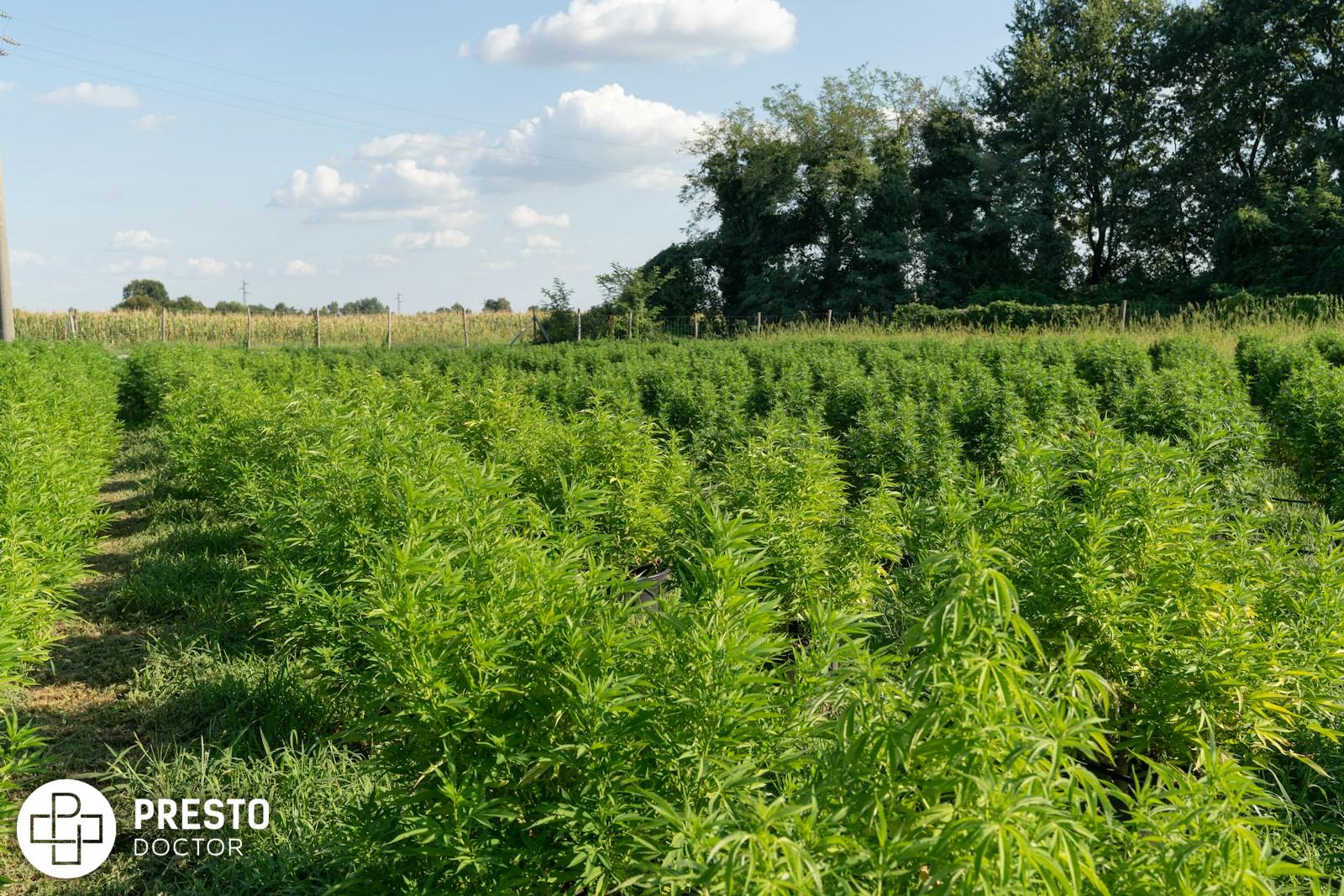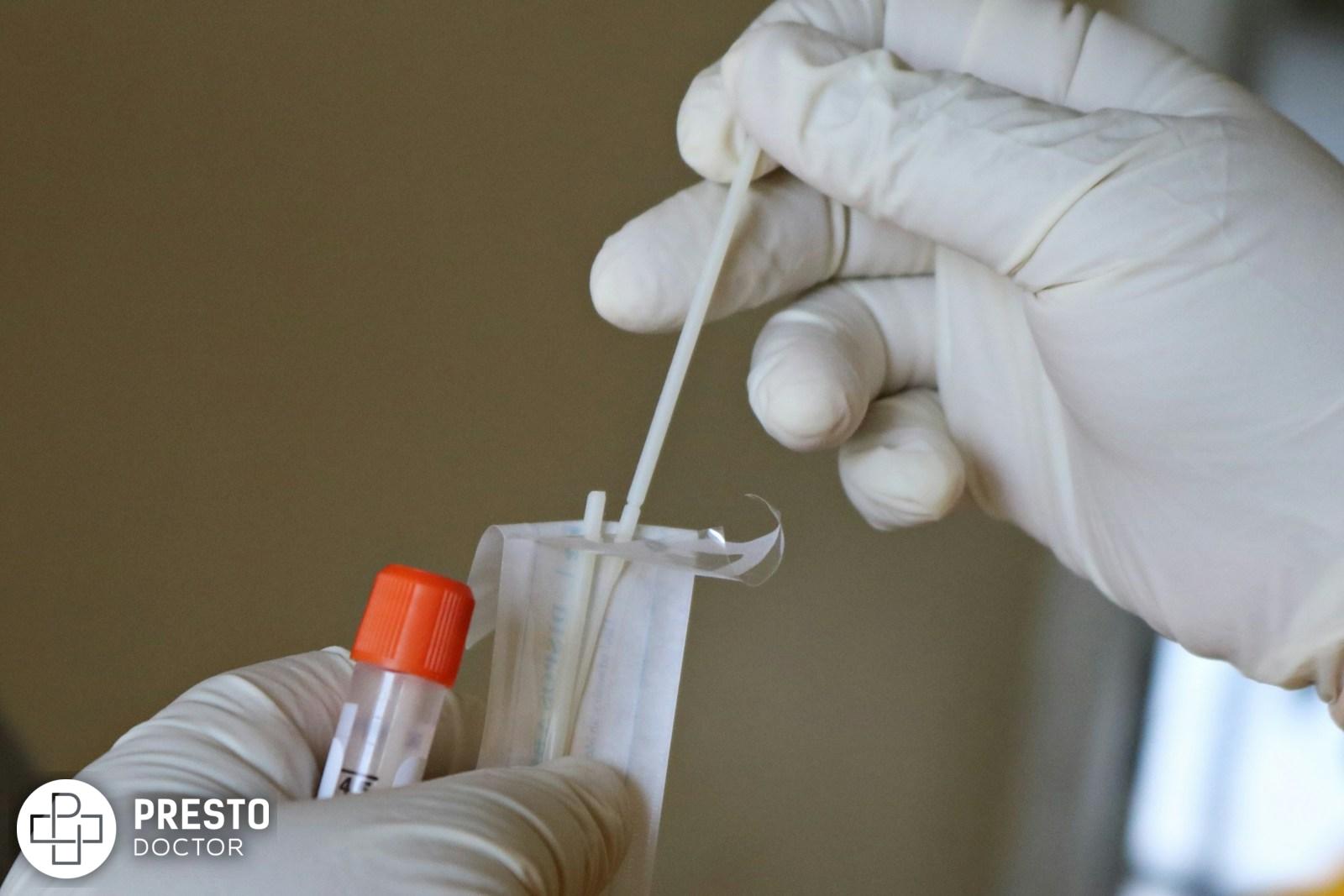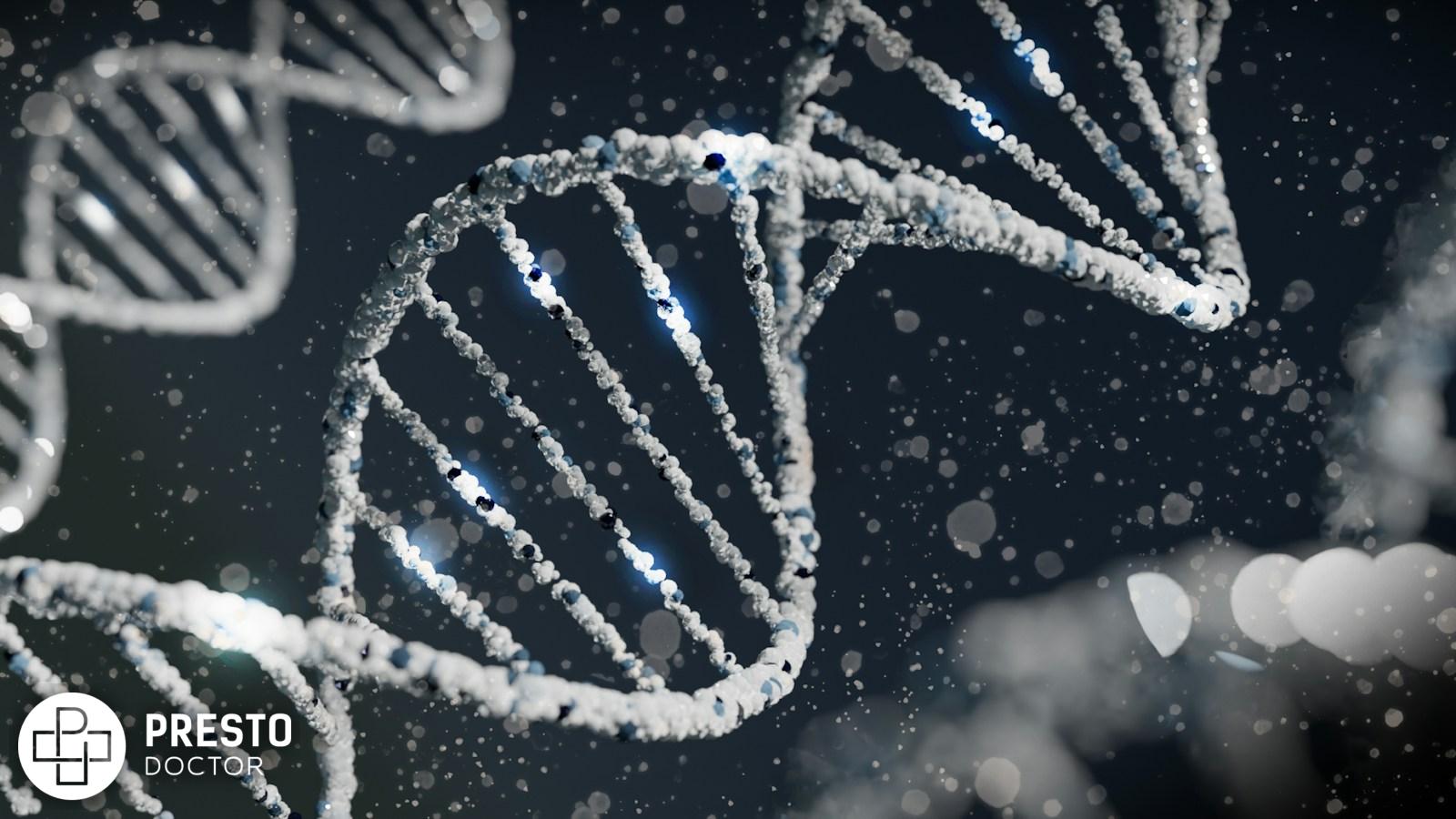
THCjd, also known as Tetrahydrocannabinol jd, is a cannabinoid that has gained attention in recent years. With the increasing popularity of cannabis products, it is important to understand what THCjd is and whether it is safe for consumption.
Overview of THCjd and Its Properties
THCjd is a derivative of THC, the primary psychoactive compound found in cannabis. However, unlike THC, THCjd does not produce the same mind-altering effects. It is believed to have potential therapeutic properties, including anti-inflammatory and analgesic effects. However, research on the specific benefits and effects of THCjd is still in the works. THCjd is a recent cannabinoid discovery as of 2020.
Legal Status of THCjd
The legal status of THCjd varies depending on the jurisdiction. In some countries and states, THCjd is classified as a controlled substance and is illegal to possess or use. However, in other regions, it may be legal for medicinal or recreational purposes. It is crucial to familiarize yourself with the laws and regulations regarding THCjd in your specific location before considering its use.
THCjd is a cannabinoid that has distinct properties and potential therapeutic benefits. However, due to its legal status and limited research, it is necessary to exercise caution and comply with local regulations when considering its use.
How Does THCjd Work?
The Interaction of THCjd with the Endocannabinoid System
THCjd is a cannabinoid compound found in cannabis plants. It interacts with the body’s endocannabinoid system, which is a complex network of receptors and neurotransmitters involved in regulating various physiological processes. Specifically, THCjd acts on the CB1 and CB2 receptors. These receptors are located throughout the body and brain.
When THCjd binds to these receptors, it can have a range of effects on the body and mind.
Effects of THCjd on the Body and Mind
THCjd has psychoactive properties, meaning it can alter perception, mood, and cognitive function. It can produce a feeling of euphoria or a sense of relaxation, depending on the individual and the dosage.
However, it’s important to note that THCjd can also have side effects. These can include anxiety, paranoia, impaired coordination, and memory problems. The intensity of these effects can vary depending on factors such as the dosage, method of consumption, and individual tolerance.
It’s also worth mentioning that the safety of THCjd depends on various factors. While many people can use THCjd without experiencing significant adverse effects, it may not be suitable for everyone, especially those with underlying health conditions or a history of mental health issues. As with any substance, it’s advisable to use THCjd responsibly and consult with a healthcare professional if you have any concerns or questions.
Difference Between THCjd & THC
THCjd is a relatively new cannabinoid that has recently gained attention in the cannabis community. It is often compared to THC, the well-known psychoactive compound found in marijuana.
THC has psychoactive properties and is responsible for the “high” feeling associated with marijuana use. However, THCjd is touted as a non-intoxicating cannabinoid. This means that it does not induce the same euphoric effects as THC.
In terms of chemical structure, THCjd and THC differ slightly. THCjd is an analog of THC, meaning it shares some similarities but has a variation in its molecular structure.
Research on THCjd is still limited, and therefore, its safety profile is not yet fully understood. However, initial studies suggest that it may have potential therapeutic benefits, such as anti-inflammatory and pain-relieving effects.
Potential Benefits of THCjd
Medical Applications of THCjd
THCjd, also known as Tetrahydrocannabinoljd, is a cannabinoid located in cannabis plants. While THCjd is still being studied, it shows promise in various medical applications. One potential use is its ability to provide relief from pain and inflammation. Some studies suggest that THCjd may have analgesic properties, making it a potential option for managing chronic pain conditions.
Potential Therapeutic Properties of THCjd
In addition to its possible medical applications, THCjd also exhibits potential therapeutic properties. It is believed to have anti-anxiety effects, which may help individuals dealing with anxiety disorders, including generalized anxiety disorder and social anxiety disorder. Furthermore, preliminary studies suggest that THCjd may possess neuroprotective properties and could potentially play a role in the treatment of neurodegenerative diseases such as Alzheimer’s and Parkinson’s.
As with any cannabis compound, it’s crucial to consult with a healthcare professional before incorporating THCjd into any treatment plan to ensure safety and efficacy.
Overall, THCjd holds potential as a medicinal compound with possible benefits in managing pain, inflammation, anxiety, and neurodegenerative diseases. However, further studies are necessary to determine its safety, dosage, and long-term effects.
Potential Risks and Side Effects
Possible Risks Associated with THCjd Use
THCjd, also known as Tetrahydrocannabinoldjd, is a type of cannabinoid in cannabis plants. It is important to note that THCjd is a psychoactive compound, meaning it can alter one’s mental state. This alteration can lead to certain potential risks and side effects.
Some possible risks associated with THCjd use include:
- Impaired cognitive function: THCjd can impair memory, concentration, and overall cognitive function, especially in high doses or long-term use.
- Increased risk of mental health issues: There is evidence to suggest that THCjd use, particularly in adolescence or in individuals with a family history of mental health disorders, may increase the risk of developing or exacerbating conditions such as anxiety, depression, and psychosis.
- Impaired motor function: THCjd can affect coordination and motor skills, leading to decreased reaction time and increased risk of accidents or injury.
Safety Considerations and Precautions
When using THCjd, it is essential to take certain safety considerations and precautions to minimize potential risks:
- Start with a low dose: Begin with a low dose of THCjd, especially if you are a beginner or have no previous experience with cannabinoids. Gradually increase the dosage as needed while closely monitoring the effects.
- Understand the legal implications: The legality of THCjd varies from country to country and even within different states or regions. Familiarize yourself with the laws and regulations in your jurisdiction to ensure compliance.
- Seek professional advice: Consult with a healthcare professional or a knowledgeable expert in cannabis before using THCjd, especially if you have any pre-existing medical conditions or are taking medications that may interact with cannabinoids.
- Use in a safe and controlled environment: Avoid using THCjd in situations that could pose risks, such as operating heavy machinery or driving. Opt for a safe and controlled environment where you can relax and monitor your response to the compound.
By understanding the potential risks and following the necessary precautions, individuals can make informed decisions when it comes to the use of THCjd. It is always best to prioritize safety and responsible usage to ensure a positive experience.
Is THCjd Safe?
Comparisons Between THCjd and Other Cannabinoids
At present, it is challenging to compare THCjd with other cannabinoids due to the limited available information. Each cannabinoid has unique properties and effects on the body, and comprehensive studies are necessary to understand the potential risks and benefits of THCjd in comparison to other compounds like THC and CBD.
Chemically speaking, the primary contrast between Delta-9-THC (the cannabinoid commonly referred to as THC) and THCjd is the number of carbon atoms in their molecular chains.
The sidechain of Delta-9-THC contains five carbon atoms, while THCjd boasts eight. This difference in carbon atoms is believed to contribute to the heightened psychoactivity of THCjd, as it may aid in the cannabinoid’s interaction with endocannabinoid receptors in the human body. However, this claim remains purely anecdotal, and further research is necessary to confirm or refute this potential effect.
Given the limited research on THCjd, it is crucial to exercise caution and consult with healthcare professionals before using any products containing this cannabinoid. As further studies are conducted, a clearer understanding of its safety profile will emerge. It is advisable to stay informed about new research developments and rely on expert opinions to make informed decisions regarding the safety of THCjd.
Conclusion
With the popularity of cannabis products on the rise, understanding THCjd is becoming more important than ever. Potential therapeutic effects make it appealing to many people, though further research must surface to determine its full benefits and risks. It is essential to consult a doctor before trying THCjd so in order to ensure a safe and healthy experience. By educating ourselves on cannabinoids like THCjd, we can become informed consumers and reap the potential benefits of marijuana without putting our health at risk.







